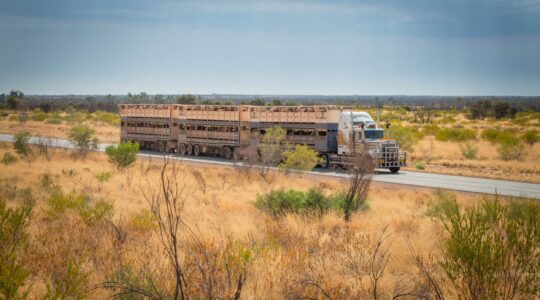Despite Federal Government plans to tax superannuation balances greater than $3 million not yet legislated, there are actions individuals can take before July 1.
McCullough Robertson Partner Hayley Mitchell said with Labor’s re-election it now seemed fairly settled that the previously proposed div 296 tax would be enacted in some form.
In the first of three features, Ms Mitchell, partner in Wills, Estates and Trusts at McCullough Robertson, has outlined the implications of proposed changes for self-managed superannuation fund (SMSF) members with high balances, and what can be done now to mitigate risk.
When will div 296 of the tax legislation take effect for superannuation balances?
This is currently unknown. However, a number of industry commentators are speculating that if legislation is passed it is likely to take effect from July 1, 2025 (even if the legislation is passed after this date, therefore passing with retrospective effect).
Will I be taxed on unrealised capital gains in my SMSF?
The previous draft legislation did not get through the Senate last time it was introduced but the government has not changed the draft legislation since the election . However, with a new make-up of the House of Representatives and the Senate, it is not guaranteed that the legislation will be re-introduced or passed in its current form. There may well be some negotiating between the parties to key terms of the legislation before it is passed.
For now, this is what we know.
Who does div 296 superannuation tax apply to?
For members with balances over $3 million, an additional 15% tax will be applied to the value of their balance of over $3 million. It is this proposal that leads to taxation of unrealised gains and is discussed further below.
How will the superannuation balance be calculated?
The calculation of the total superannuation balance (TSB) will be done annually on a comparison with the previous year’s TSB. Consideration of whether valuations are required annually will therefore become critical.
Will my superannuation losses be refunded?
Losses will not be refunded, only carried forward to offset against future gains. There is no mechanism to adjust unrealised gains that unwind in later years. Gains are taxed, but losses are merely carried forward. If an asset increases in value for five years, and then drops dramatically in value and is liquidated for a loss (relative to its value at 1 July 2025), there is no mechanism to claw back the tax paid for the first five years despite the overall negative position.
Will the $3 million limit be indexed?
The $3 million limit is not intended to be indexed, which will greatly increase the number of payers in future years.
How can the div 296 tax be paid?
The tax can be paid from outside superannuation or the fund can pay it (similar to division 293).
What should I do before 1 July 2025?
Whether SMSF members should reduce their superannuation balance to avoid or reduce the impact of div 296 for the 2025/2026 year is the question everyone is asking. It is important not to panic.
This is the ultimately going to be a personal and commercial decision that should only be made after considering your personal circumstances.
Unfortunately, with the short timeframe and uncertainty as to the form of the legislation, SMSF members are left in a difficult position. Importantly though, any steps taken should be done with consideration of the following:
- Critically, if you are considering reducing your member balance, you have to have met a condition of release.
- Seek accounting and financial advice, and where possible some modelling around the outcomes depending on where your superannuation balance is sitting in the 2025/2026 year and compare this with the tax outcomes if assets/funds are removed from the superannuation system and taxed elsewhere.
- Consider whether valuations should be obtained for the assets in the fund, it will be important to have accurate values of the assets and evidence to rely on if the fund is going to be impacted by div 296.
- If you do decide to reduce your superannuation balance – how will this be achieved and what are the other things you need to think about (other tax and duty consequences and your estate planning)
As of May 2025, there are no taxes on unrealised gains within an SMSF but based on commentary from the Albanese government post election and the industry, it is likely the government will re-introduce legislation to give effect to the div 296 tax.
I’m seeing a lot of clients that are concerned about the impact of div 296, and the changing landscape of superannuation generally. But it is important that people remember that the advice available at the moment has a degree of speculation. As the legislation has not yet been re-introduced, we are only able to advise based on the previous draft legislation and speculate that it may commence July 1, 2025.
For now, it will be important for our clients to satisfy themselves that they have considered their own personal circumstances, the potential impacted by div 296 tax on their member balance versus the other considerations if they remove assets or funds from the superannuation system.
Our next article will consider in further detail, the estate planning and other considerations SMSF members need to be aware of if taking steps to reduce their member balance.








